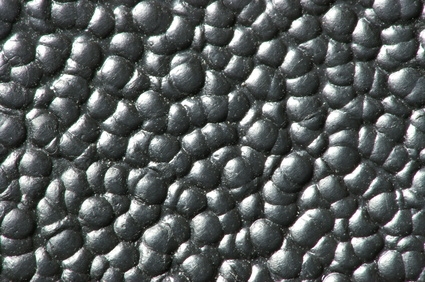
Plastic car trim is found on virtually all new automobiles. It is used for highlights, striping, bumper material, splash guards and handles. The trim can be degraded through exposure to the elements or by accidental contamination from waxes, sprays, washes and cleaners. Plastic trim is easily restored to good or excellent condition, though loss of essential oils in the plastic may mean that you'll need to do regular maintenance to ensure that the trim looks new.
Clean the vehicle with a quality car washing product to thoroughly remove deposits and contaminants from the surface.

Clean the trim with a high-concentration car washing product, using soft-bristled brushes. Because the plastic trim is not typically smooth, simply wiping over the trim will not remove the deposits. A bristled brush, such as a toothbrush or automotive brush, will allow you to remove deposits you might otherwise miss.

Clean hard-to-reach trim. Trim locations vary by vehicle. For optimal results, be sure to open doors, move latches, even adjust mirrors to thoroughly clean all the plastic trim.

Identify all areas of trim to be restored. Some areas can be hard to reach and may require extra attention to ensure they are thoroughly cleaned prior to application of the trim product.
Cover the areas of trim you wish to protect with painter's tape. This protects the paint finish from the oils and cleaners found in trim restoration products.

Prepare soapy water for cleaning the body if you accidentally get trim cleaner on the paint. Have window cleaner handy for cleaning glass that gets trim cleaner on it.

Apply the restoration product to the trim. Spraying the product on the trim is the easiest method, although applying the product by hand will reduce the chance the chemicals are applied to the wrong areas. Be sure to apply the product to overlooked areas, such as mirror guards, window trim and door jambs.

Work the product into the trim. While applying the product lightly will restore the trim temporarily, most products have essential oils that will leave the trim looking restored much longer if worked into the trim. Gloves will reduce your clean-up time, and they'll keep your skin from being irritated by the trim restoration product.

Restore the trim periodically. For optimal results, you should restore the trim six to eight times a year.
